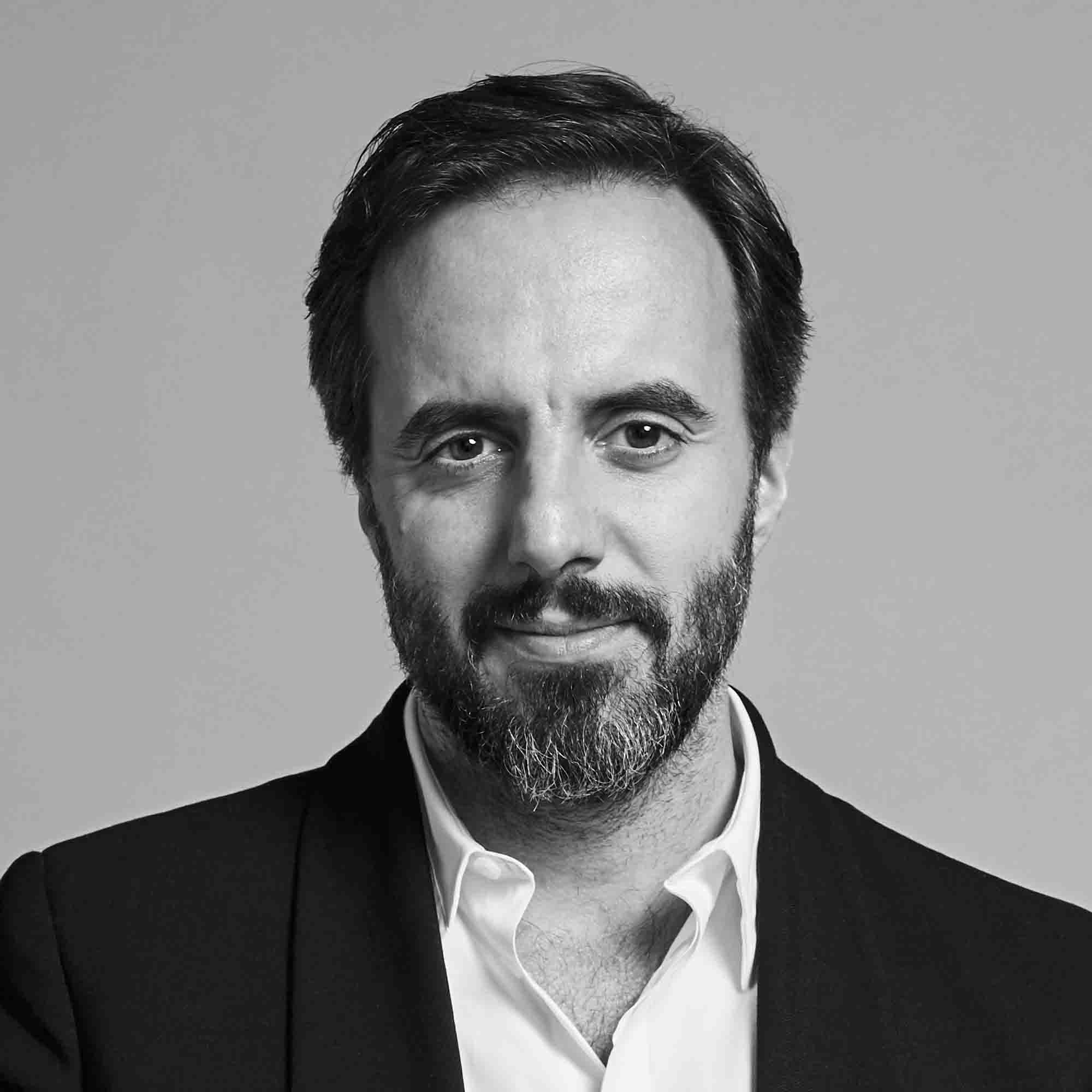The Fashion Pact Accelerates Sustainable Practices And Renewable Electricity Adoption


The global CEO-led initiative announces newest renewable energy project – the CVPPA
(8 December, 2022), The Fashion Pact, an initiative composed of 75 CEOs from the world’s leading fashion brands, is progressing its journey to transform the fashion and textile industry at-large by solving its most complex environmental challenges across three pillars: Climate, Biodiversity, and Oceans. Today, the initiative is announcing the launch by its members of a ‘Collective Virtual Power Purchase Agreement’ (CVPPA), aimed at accelerating renewable electricity adoption by investing in new clean energy infrastructure, beginning in Europe.
Formed at the G7 Summit in France, The Fashion Pact is the largest CEO-led initiative for sustainability in the fashion and textile industry. Its membership has more than doubled in two years, expanding from 32 to 75 CEO signatories leading businesses across the value chain. Today, with over 200 brands across 17 countries, this collective initiative represents approximately a third of the fashion and textile industry by volume. The Fashion Pact follows a science-based approach where its methodology requires multi-stakeholder involvement and long-term research and development to identify innovative joint actions that will be piloted, tested, and scaled to reach tipping points in the sustainable transformation of the industry.
The Fashion Pact facilitated the creation of the CVPPA initiative, currently in its initial kick-off phase, in partnership with the energy and technical consultancy firms Guidehouse and 2050. 12 CEOs have individually committed to procuring renewable electricity, aligned with the 2030 targets to use 100% renewable energy across their companies’ own operations. Supporting organizations include Bally, Capri Holdings, Ermenegildo Zegna Group, FARFETCH, Ferragamo, Kering, Prada Group, PVH Corp., Ralph Lauren, Tapestry, Under Armour, and Zimmermann.
A first-of-its-kind for the fashion industry, this project seeks to add over 100,000 MWh per year of new renewable electricity generation to the grid, equivalent to removing approximately 24,400 cars from the road, accelerating the transition to clean energy while helping brands invest and progress towards achieving their sustainability targets. This initial CVPPA is a testing ground. The Fashion Pact is currently working on future programs to expand geographically and include other industry players interested in reducing supply chain greenhouse gas emissions.
In addition to the CVPPA, The Fashion Pact has continued its work behind the scenes setting quantitative and timebound targets within each of its three pillars, and is working on a number of initiatives to drive progress against those, which notably include:
Helping brands accelerate their progress in climate:
Climate Goal: Implementation of Science Based Targets for Climate to achieve net-zero by 2050. Signatories should have a near-term climate target covering scope 1, 2 and 3, validated by the SBTi and in line with SBTi requirements
- Achieving 100% renewable energy across own operations by 2030
- Project example: The CVPPA as noted above, enabling brands to move closer to this target.
- Ensuring that 25% of key raw materials are lower climate impact on 2025
- Project example: Incentivise improved farming practices to aid in transition to low climate impact cotton.
Pioneering a pathway for the industry in biodiversity:
Biodiversity Goal: Implementation of strategies aligned with Science Based Targets for Nature
- Developing individual biodiversity blueprints meaning, committing to research, capacity building, and robust tools to guide members in developing biodiversity strategies, to take action in priority commodities, and measure progress.
- Project example: Funded by the Global Environment Facility (GEF) and co-executed in partnership with Conservation International, the “Transforming the Fashion Sector to Drive Positive Outcomes for Biodiversity, Climate, and Oceans” project has already seen the creation of a Biodiversity Strategy Tool Navigator, Biodiversity Benchmark to help brands individually understand where they are, set up baseline, and continue to measure progress.
- Supporting zero deforestation and sustainable forest management by 2025
- Project example: The Fashion Pact engages in and supports the Leather Impact Accelerator designed by Textile Exchange, helping cattle farmers stop deforestation to collectively build supply of deforestation and conversion-free leather.
Mitigating our industry’s negative impact on oceans:
Oceans Goal: Reduction of negative impact the fashion industry has on the ocean environment
- Research into ways to tackle the impact of the wet processing stage in textile production, across a number of key environmental indicators, including GHG emissions, energy consumption, water use, and chemical pollution.
- Eliminating problematic and unnecessary plastic in B2C packaging by 2025 and B2B by 2030
- Project example: A R&D project to develop paper alternatives to conventional polybags.
- Ensuring at least half of all plastic packaging is 100% recycled content, by 2025 for B2C and by 2030 for B2B
- Project example: In order to help brands understand the specifics of the above targets, The Fashion Pact has worked with technical experts to create a guide to inform individual choices regarding fashion specific packaging.
For more details, including quotes from the CEOs of supporting organizations for the CVPPA and additional background on the project, please see the media kit.
For interview requests, please contact thefashionpact@bpcm.com.
The Fashion Pact
The Fashion Pact is a global initiative composed of companies in the fashion and textile industry (ready-to-wear, sport, lifestyle and luxury) who have all committed to a common core of key environmental goals in three areas: mitigating climate change, restoring biodiversity and protecting the oceans. Launched by French President, Emmanuel Macron, the Fashion Pact was presented to Heads of State at the G7 Summit in Biarritz in 2019. Uniquely, the Fashion Pact is CEO-led, action-oriented, and focuses on building upon and going beyond existing efforts. Today, the initiative has over 70 members, together representing over 1/3 of the fashion industry, each eager to leverage collective action to scale and achieve impact.


